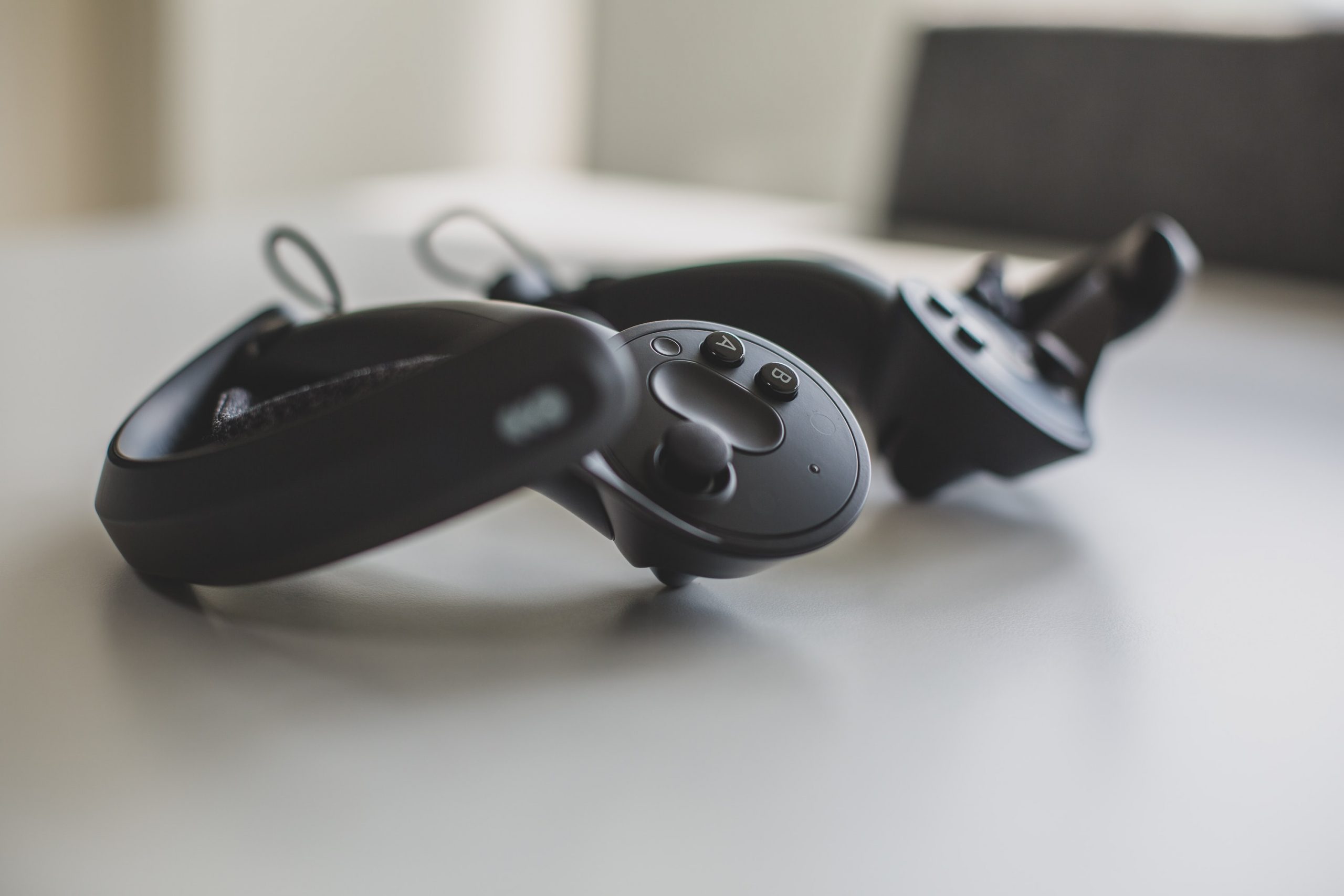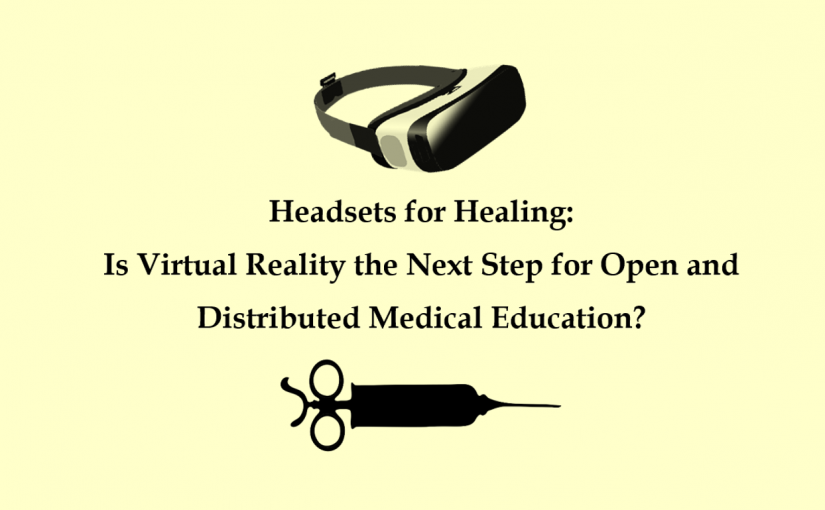The ease of use in VR education depends on the interface design and reliability of the software and VR equipment. Since VR is an immersive interactive experience, there are many layers of technology that must all operate synchronously (Pantelidis et al., 2017). In addition to the headset, haptic devices and sensors are used in some VR applications. With these additional devices, user motion is detected with high precision including subtle hand gestures. These subtle movements are measured during surgical simulations. Most users find the simulation environment easy to navigate (Pantelidis et al., 2017). However, effective user-interface communication relies on high-performance computer power and reliable internet connect. According to Pantelidis et al. (2017), without these factors, the VR platform may crash and the “virtual experience is destroyed.” In this way, the technological complexity leads to slightly decreased reliability compared to in-person instruction. However, these platform failures are rare and the VR technology continues to improve with updates and new hardware development (Pantelidis et al., 2017).

Navigation
- Introduction
- How is VR Currently Used in Medical Education?
- Students
- Ease of Use
- Cost
- Teaching
- Interaction
- Organizational Issues
- Novelty and Networking
- Security and Privacy
- Conclusion and Question
- References and Attribution
License
This work is licensed under Creative Commons (CC) Attribution 4.0 International

